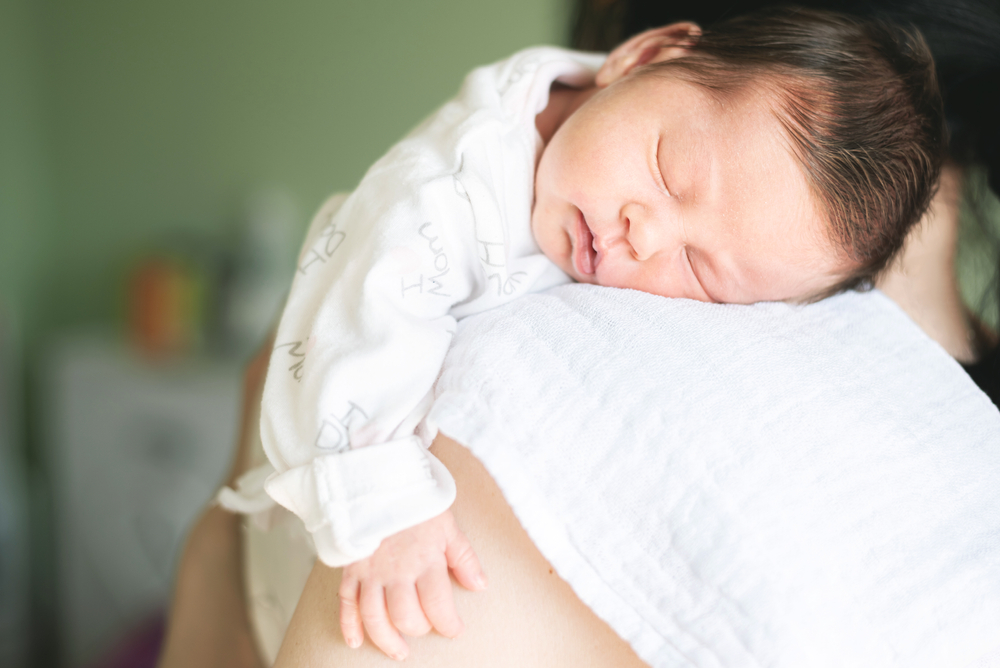Winding your baby is part of the feeding routine. When your baby swallows, air bubbles can become trapped in their tiny tummy and cause discomfort. Winding helps to rid them of excess gas, which can make your baby irritable if not removed. All parents want their babies to be happy, content and comfortable and winding them is essential for all of the above.
Helping your baby to relieve excess gas can be frustrating if it seems like you’re trying everything without success. It’s about finding what works for you, and here we have provided top tips on burping your baby and the answers to your frequently asked questions. In this article, the words ‘wind’ and ‘burp’ are used as they mean the same thing.
3 Positions to Wind Your Baby
Try using these three tried and tested ways of burping your baby.
What works for one baby might not work for yours, so don’t compare your technique with others. The same goes for the time it takes to wind your baby too. Avoid rushing it, and always look out for your baby’s signs.
-
Lie Baby on Their Stomach Across Your Lap
Support your baby’s head with one hand and gently rub and pat their back with the other.
-
Sit Baby on Your Lap
Try facing your baby away from you, place your palm flat against your chest, and gently support their chin. Leaning them forward slightly, gently pat or rub their back.
-
Place Baby Over Your Shoulder
Rest your baby’s chin over your shoulder like you are cuddling them. Support their body with one hand whilst patting and rubbing their back with the other. This method also frees you up to walk around whilst winding your baby.
As well as burping your baby might also get hiccups. Hiccups are different from wind and aren’t usually a cause for concern. However, there are things you can do to help rid your baby of hiccups.
When to Burp Baby
You know your little one better than anyone, so look out for their cues and learn as you go. If your baby seems uncomfortable, that could be a sign that they need burping. Some babies need to be winded during a feed, whilst others will go a full feed without. It’s a good idea to wind your baby after every feed, even night feeds, before putting them back down to sleep.
What if My Baby Won’t Burp?
If you have tried all the positions yet your baby still won’t burp and they seem irritable, you can do a few things to help them. For trapped wind, try lying your baby on their back and gently massage their tender tummy. Move their legs back and forth as movement can help to release the gas. If you’re worried, speak to your health visitor, and they can offer more suggestions.
How to Wind a Baby with Reflux
Reflux is when a baby brings up milk or is sick shortly after a feed. It can be a little alarming when your baby does this, but it is perfectly normal. It can also happen when you’re burping your baby, which is fine too.
For babies struggling with reflux, keep them upright for at least 30 minutes after a feed and avoid patting their backs, bouncing them or jiggling them around, as this can worsen reflux. Dribble bibs are useful when winding babies with reflux as they help to protect their clothes from bodily fluids.
How to Wind a Sleeping Baby
Trying to burp a baby if they’ve fallen asleep after a feed can be tricky, especially if you’re sleep-deprived and make a habit of trying to get some shut-eye when they do. As tempting as it may be to miss out the winding stage, ensure you do it to avoid your baby waking up in the night with discomfort.
Use any of the recommended positions to burp your baby and if they don’t have reflux, gently rock them to help them stay in a sound sleep. Calming music can also make the experience more relaxing for you and your baby.
We hope you have found this article helpful and allows you to wind your baby dribble-free using the best position for both of you.


